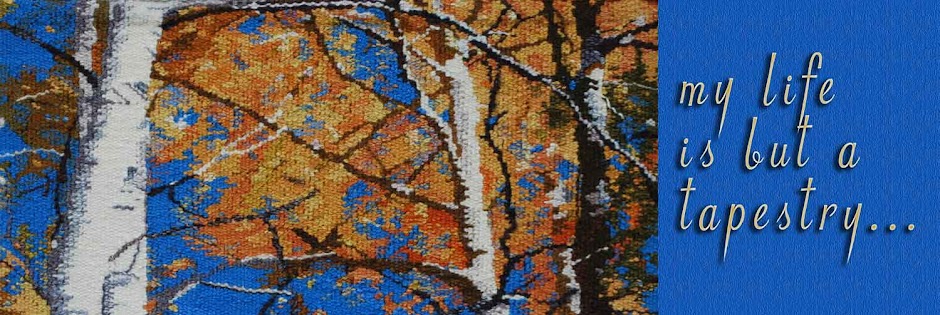Spinning and Weaving by Lynn Huggins-Cooper is a newly released book in the Heritage Crafts and Skills series, published in the UK by Pen and Sword Books, Ltd. The book begins by introducing us to the purpose of the book, which is to be an historical overview of the heritage crafts of, and related to, spinning and weaving. According to Ms. Cooper, heritage crafts "are a part of ...the glue that held families and communities together for centuries.... often handed down through families... and a part of the customs and cultural heritage of the areas where they began." It is the belief that these activities are becoming endangered that led to a list of at risk heritage crafts, this series of books, and a Heritage Crafts Association in the UK.
The book is divided into two sections. The first half shares the rich history of spinning and fibre and fabric making mostly, but not exclusively, relating to the UK. This history is fascinating. Reading about those who worked with wool, linen, cotton and silk long before I came to be a part of the craft is like discovering that I am just one strand woven into a tapestry much larger than any one weaver could create. It creates a sympathy for those who had to spin and weave to keep their loved ones warm or who were part of the large group of women weavers who worked long hours and labored hard under difficult conditions to feed their families, keeping the world clothed. The history alludes to the cotton fields of the southern US, the silk weavers of the East, and home spinners in the UK: a thread circling the globe. It takes us from prehistoric discovery of how to make fibre, through the times in the UK when "it took around three carders to produce enough roving for one spinner and around three spinners to provide yarn for one hand weaver," and to the industrial revolution and modern times when very few people are now needed to create cloth for the world. Fiber has always been used to denote economic and social wealth, with richer fibers allowing people to "peacock their status."
The historical half of the book is summed up with an encouragement to today's fiber workers, as the author says, "It is very grounding to carry out these actions, knowing that you are doing something that has been done for tens of thousands of years."
The second half of the book contains a number of 'Artisan Interviews,' including spinners, knitters, weavers and sheep growers in the UK. I was disappointed to not see photos from each of the artisans, though some were included. However, for most of the craftswomen there are links included to their blogs, online shops, or websites.
The back of the book includes indices, mostly for UK readers. They include a "directory of Suppliers," a list of "Wool and Fiber Festivals" and of "Training Courses and Spinning Guilds," and a list of "Useful Books and Websites."
This book was sent to me to read and review and, as a fiber artist myself, I could not help but be pulled in and feel a part of the continuing narrative of working wool with my hands. I truly am hopeful that, along with the work of the artisans included in this treatise and the work I do and the many weavers and spinners I have connections with, weaving and spinning will continue as a craft and skill stretching as far into the future as it has done in the past.
This book is available
here.














